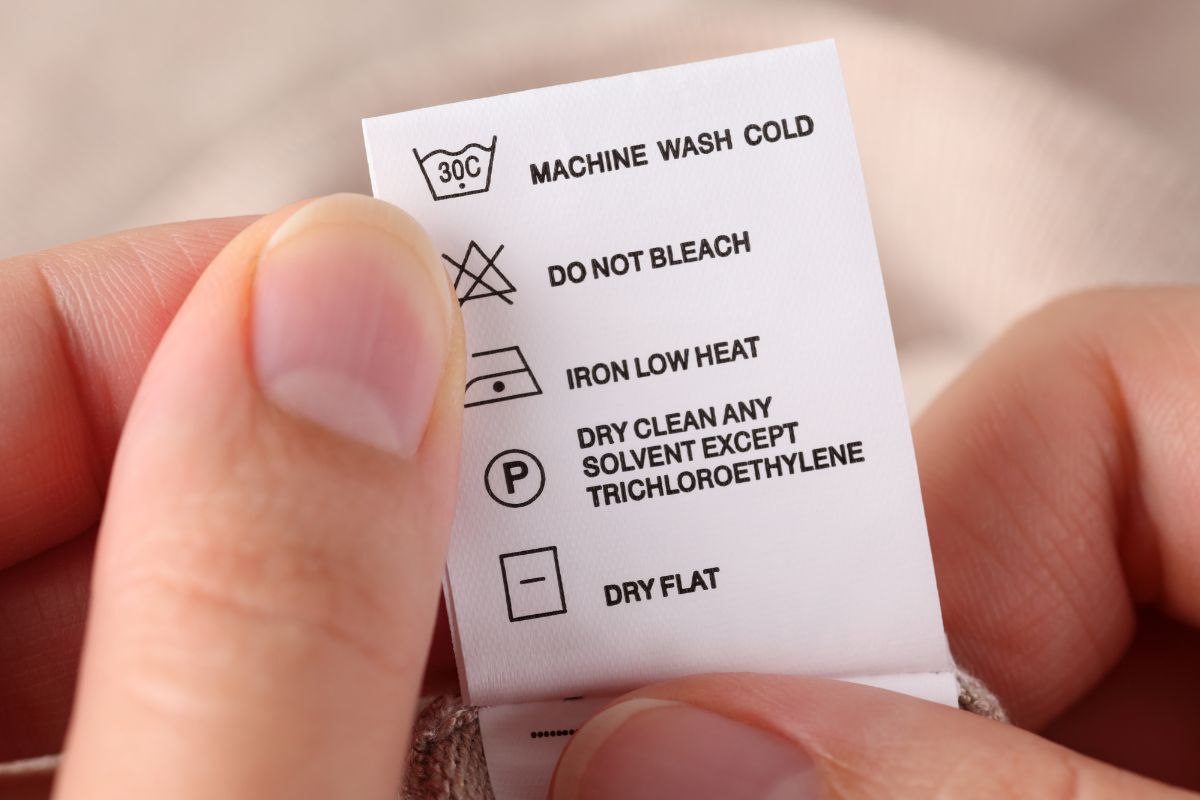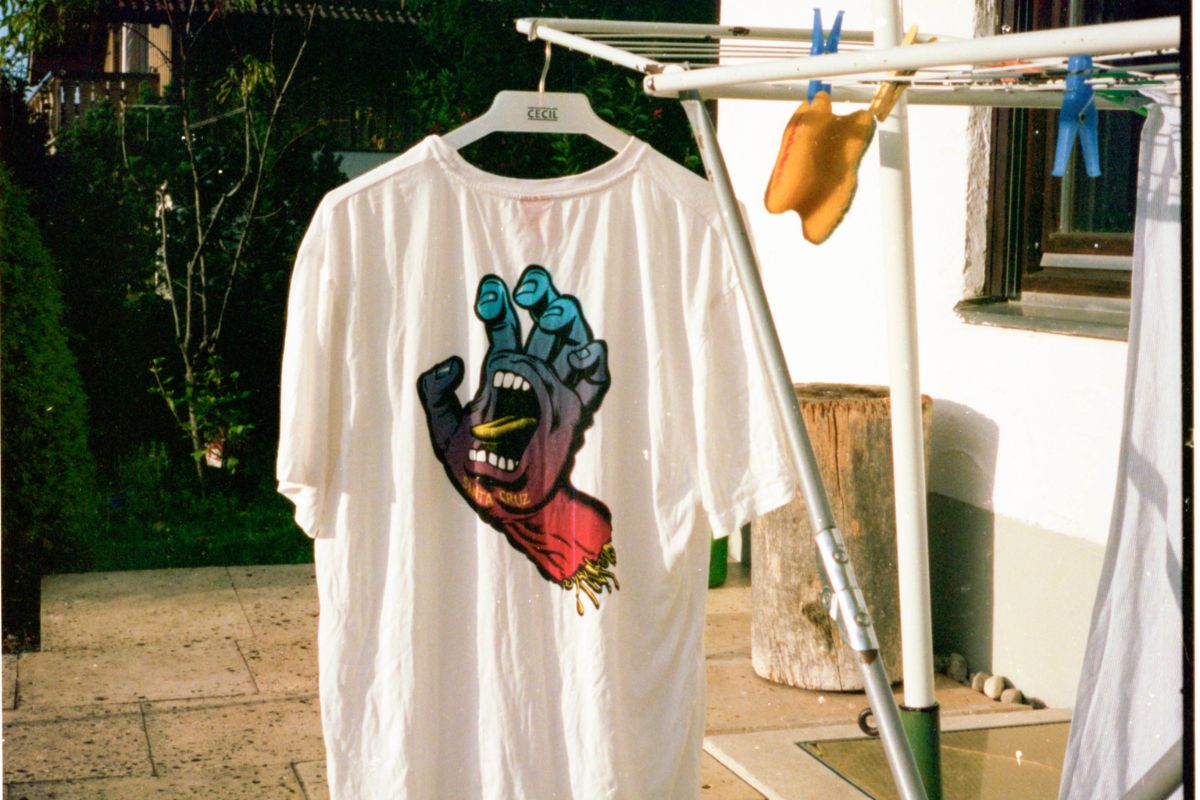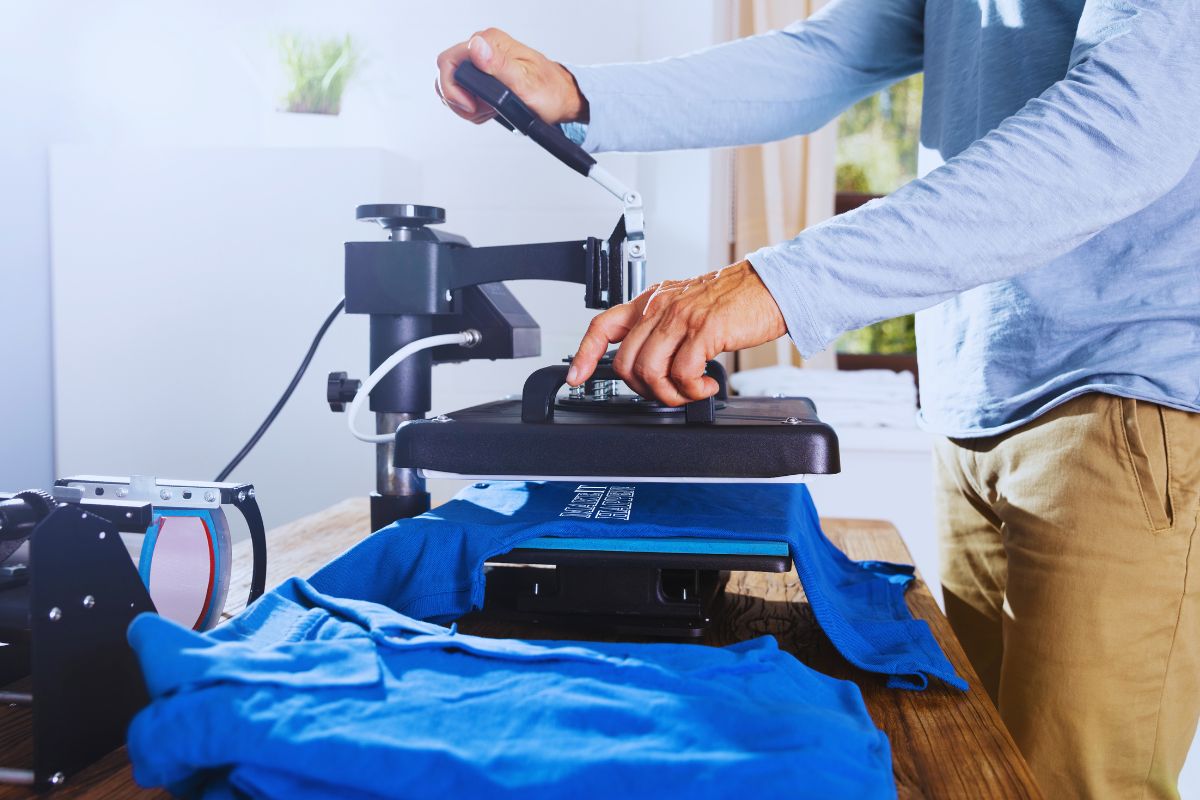Caring for screen printed shirts properly is essential to maintaining their texture and design integrity. When you invest in custom screen printed T-shirts, whether for personal use, for a sports team, or for business branding, you want to ensure that they last as long as possible. The key to longevity is in following the right washing and drying techniques specific to screen printed apparel. This not only helps preserve the vividness of the design but also keeps the fabric in good shape.
Before you throw your screen printed shirts in the wash, it’s important to know that these garments require a gentle touch. The special inks used in the screen printing process can be susceptible to heat and harsh chemicals, which means your approach to washing these shirts has to be adjusted accordingly. Understanding the correct water temperature, choosing the suitable detergent, and knowing whether to hand wash or machine wash can make a significant difference in how your shirts look and feel over time.
In drying screen printed shirts, the approach is just as crucial as the wash. High heat can spell disaster for the screen printed designs, leading to cracking and fading that will degrade the shirt’s aesthetics. But with correct air drying methods or using the right heat settings on your dryer, you can avoid such damage and enjoy your screen printed T-shirts with their design intact for years.
Understanding Screen Printed Shirts
When selecting screen-printed t-shirts, you’re choosing a garment with a printed design that is both unique and expressive. The process involves pressing ink through a screen onto the fabric, which creates a design that can be durable and long-lasting when properly cared for.
- Fabric & Texture: The fabric of your screen-printed shirt affects the texture and longevity of the print. Cotton is a common choice for its breathability and ability to hold ink well.
- Printed Designs: These designs can withstand wear and tear, but their longevity largely depends on your care methods. The quality of the printed ink and precision of the printing affect the shirt’s texture and durability.
- Durability: A screen printing shop often uses specialized inks that are designed to be absorbed into the fabric, making the print less prone to cracking or peeling.
- Customized T-Shirts: For those who prefer personalized clothing, customized t-shirts offer a canvas for expression. The screen printing method allows for detailed and vibrant designs that reflect your personal style.
Remember, the lifespan of your screen-printed shirts is not just about the printing technique but also how you handle them post-purchase. The right care can maintain the shirt’s structure and the design’s vibrancy for an extended time.
Pre-Wash Instructions

Properly preparing your screen-printed shirts before washing them can significantly extend their lifespan and maintain their print quality. The two key steps involve checking the care labels for specific instructions and sorting your garments effectively.
Reading Care Labels
Each screen-printed shirt comes with a care label that provides vital information on how to handle the garment. Look for:
- Material: Cotton shirts often have different care requirements than synthetic materials.
- Wash Temperature: Labels usually recommend whether to use cold or warm water.
- Special Instructions: Some may advise against using an iron or placing the shirt in a hot dryer.
Separating Garments
Before washing your screen-printed shirts, it’s important to separate them to prevent color bleeding and excessive wear.
- By Color: Separate your whites, lights, and darks to avoid dye transfer.
- By Material: Wash cotton shirts with similar fabrics; denim or heavier materials might damage lighter cotton in the wash.
- Turn Garments Inside Out: This can help protect the screen print from abrasion.
Organizing your garments accordingly will ensure that your screen-printed shirts receive the proper care and remain in prime condition.
Steps for Washing Screen Printed Shirts

Properly washing your screen-printed shirts ensures their longevity and preserves the quality of the prints. Remember to use mild detergents, wash inside out, and choose the right water temperature and washing method.
Choosing the Right Detergent
- Detergent Type: Opt for a mild detergent that is gentle on fabrics.
- Avoid Harsh Chemicals: Steer clear of bleach and harsh chemicals, which can degrade the screen print.
Washing by Hand
- Prep the Water: Fill a basin with cold or cool water.
- Detergent: Add a small amount of mild detergent and mix it in.
- Submerge and Soak: Turn the shirt inside out and let it soak for at least 10 minutes.
- Gentle Agitation: Gently agitate the fabric against itself to work out any dirt.
- Rinse Thoroughly: Rinse the shirt until the water runs clear, ensuring all detergent has been removed.
Using a Washing Machine
- Settings: Place your shirt inside out in the washer. Select a gentle cycle with cold water.
- Drying: Allow the shirt to air dry. Avoid high heat or tumble drying as it can damage the print. If needed, use a low-heat setting.
By following these specific steps, your screen-printed shirts will retain their quality and vibrancy through many washes.
Drying and Ironing Screen Printed Shirts

Careful drying and ironing preserve the quality of your screen printed shirts. Selecting the right method to dry and the correct approach to ironing makes a significant difference in maintaining the vibrant prints.
Air Drying
To air dry your screen printed shirts, lay them flat on a clean towel or set them on a drying rack. This method prevents the designs from stretching or distorting. If you hang your shirts, use clothespins and choose an area away from direct sunlight to avoid fading the print. Air drying may take longer, but it’s the safest way to maintain the integrity of the screen printing.
Using a Dryer
If you must use a dryer, opt for the tumble dry setting on the lowest heat. High temperatures can cause the screen print to crack or fade, so gentle drying is crucial. Remove the shirts promptly after the cycle ends to prevent wrinkles, and remember to turn your shirts inside out before placing them in the dryer to protect the printed designs.
Ironing Screen Printed Shirts
Ironing screen printed shirts requires a cool iron setting without steam. Always iron the shirt inside out or place a cloth between the iron and the print to shield it. Never iron directly on the printed area as heat can damage the print. If the shirt is wrinkle-resistant, you might be able to skip this step altogether.
Special Care Tips

Taking care of your screen printed shirts requires attentiveness to prevent damage to the print and the fabric. Key focal points include stain removal, protection against fading and shrinkage, and sustaining the print’s integrity.
Removing Stains
When addressing stains, gentleness is paramount. Use a stain remover spray carefully on affected areas before washing. For manual stain removal, avoid harsh brushes; instead, softly agitate the stain with a clean washcloth or rub the fabric against itself. Pre-treatment with white vinegar can be beneficial for tough stains, but chlorine bleach should be avoided as it can damage the print.
Preventing Fading and Shrinking
To avert fading, always wash your shirts in cold water and turn them inside out to reduce friction during the wash cycle. Fabric softener and dryer sheets, which can cause screen prints to fade, are best replaced with wool dryer balls. Drying in direct sunlight has a similar fading effect—opt for shade drying instead. To counteract shrinkage, use a low-temperature or tumble-dry setting on your dryer.
Maintaining Print Quality
For preserving the print’s vibrant appearance and ensuring it’s properly cured, here are some pointers:
- Wash cycles should be gentle; opt for a machine setting with minimal agitation and a lighter weight load.
- To prevent wrinkles and preserved the print, iron your shirt inside out and use the lowest setting or a steam setting if available.
- Do not use strong detergents or those containing bleach; mild detergents are less aggressive.
- Regular screening for any faded areas or defects can signal when it’s time to replace your shirt or adapt your care approach.
Long-Term Storage and Care

When storing screen-printed shirts, you aim to maintain the print quality and structure of the garment. Proper technique and the right environment can greatly extend the lifetime and appearance of your screen-printed apparel.
Proper Folding and Hanging
To prevent any unnecessary stretching or distortion, always fold your screen-printed shirts with care. Lay the shirt face down, fold the sleeves inwards, and then fold it from the bottom up. If you opt for hanging, avoid wire hangers since they can misshape the shoulders of your clothing. Instead, use padded or plastic hangers to keep the fabric in pristine condition. Store the shirts in a cool, dry place to safeguard against moisture build-up, which could lead to fabric damage over time.
Avoiding Pilling and Damage
Screen-printed shirts are susceptible to pilling and abrasion. To minimize any potential damage:
- Always turn the shirt inside out before washing or storing. This shields the print from rough surfaces.
- Use gentle laundering methods. Avoid machines that agitate the fabric excessively, and choose hand washing or a soft cycle if available.
- Do not overcrowd your storage space. Crowding can cause friction between garments, leading to fabric pilling.
- For rinsing, employ a method that doesn’t twist or wring the shirt.
By adhering to these specific storage and care guidelines, your screen-printed shirts will remain in excellent condition for a longer period.
Frequently Asked Questions
In this section, you’ll find straightforward solutions for the most common concerns when washing and maintaining screen printed shirts.
How do you prevent cracking on graphic tees during washing?
To prevent cracking, turn your graphic tees inside out before washing. Wash them in cold water with a gentle cycle to minimize the friction that can cause the cracking of the print.
What is the ideal method to dry screen printed garments?
The best method to dry screen printed garments is to air dry them. Lay the garments flat on a clean surface or hang them up away from direct sunlight and heat sources to maintain the integrity of the print.
What precautions should be taken when washing printed hoodies?
When washing printed hoodies, ensure they are turned inside out. Use cold water and avoid harsh detergents. Do not overload the washing machine, as excessive agitation can damage the print.
Is it necessary to wash shirts before screen printing, and why?
Yes, it is necessary to wash shirts before screen printing to remove any preshrunk materials or residues that could interfere with ink adhesion. This step ensures a high-quality and durable print.
Are there specific techniques for curing screen printed shirts at home?
After screen printing, curing is vital. You can use a heat press set to 320°F (160°C) for 1-2 minutes. If using an iron, place a parchment paper over the print and iron on low heat without steam to avoid scorching.
How can one safely iron shirts with screen printing?
To safely iron screen printed shirts, turn the shirt inside out and place a thin cloth over the print. Use a low heat setting on your iron and do not apply direct heat to the printed area to avoid melting or distortion.



